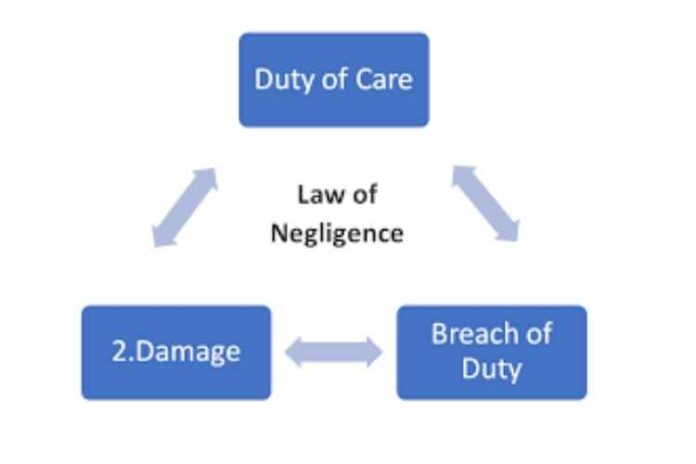There has to be evidence of negligence in a personal injury case. Even if the case involves product liability, negligence has to be proven. Other examples of cases where negligence has to be proven include slip and fall cases, automobile cases and dog bites. You may have two important questions in mind. Those questions are “What is negligence?” “How do you prove negligence?”
How Is Negligence Defined?
Negligence is generally defined as the failure to exercise reasonable care. Reasonable care is classified as something that a prudent person would have done under the circumstances. There are several things that have to be taken into consideration in order to determine whether something can be classified as reasonable care. Here is a list of examples.
The vast majority of adults have a driver’s license and know how to drive a vehicle. That is why most people will be able to determine if negligence occurred in a car accident. The following things have to be considered in order to determine whether negligence caused a car accident.
- Whether the person exceeded the speed limit
- Whether the person stopped at the stop sign
- Whether the person yielded
- Whether the person looked out for pedestrians and other vehicles
- Whether the person was driving while impaired
- Whether the person was driving too fast for the conditions
There are several other things that can be considered when evaluating whether negligence occurred in a car accident. In many cases, there is a specific law that pertains to the accident. For example, a person who goes over the speed limit is being negligent because they are breaking the law. This is often referred to as negligence per se.
Proving Negligence
Expert witnesses are often hired to determine whether negligence occurred in the accident. While most jurors are able to determine whether a car accident involved negligence, it is often outside of their scope of knowledge to find out whether negligence occurred in a professional case.
That is why if a case involves a doctor, accountant, lawyer or architect, an expert in the field will be required. Here is an example of how negligence can be proven in a professional case. An obstetrician has a medical malpractice lawsuit filed against them because they failed to recognize the signs of fetal distress. The baby suffers a severe brain injury because of the lack of oxygen.
In these cases, another obstetrician can be used as an expert witness. They have the ability to recognize the signs of distress and determine whether an emergency C-section should be performed. A jury will be used to determine whether the doctor was negligent. However, the jury will be guided by expert testimony.
What Problems Can Arise When Proving Negligence?
Negligence can be classified as an act of omission or commission. Omission means that a person did not exercise reasonable care. For example, a child is drowning and the lifeguard does not jump in the water to save them.
Commission involves performing an act that is negligent. Going over the speed limit is an example of this. Jurors have to draw their own conclusions even if there is an expert testimony. However, if the case involves medical malpractice, both sides will have to use experts to argue whether negligence occurred.
If both the plaintiff and defendant have experts on their side who argue for or against negligence, then how can the jury know who is right? This is just one of the many issues that can arise when proving negligence. Jurors have to listen to the facts and rely on their own common sense.
Most people know what it means to exercise prudent care. The key thing that has to be considered is whether someone else would have acted the same in a similar circumstance. There are some personal injury cases that have a child as a defendant. The child will be held to the same standard as other children, not adults.
Get in Touch with An Attorney
If you want to know more about negligence and the impacts that it will have on your case, then you can contact our attorney for more information.


